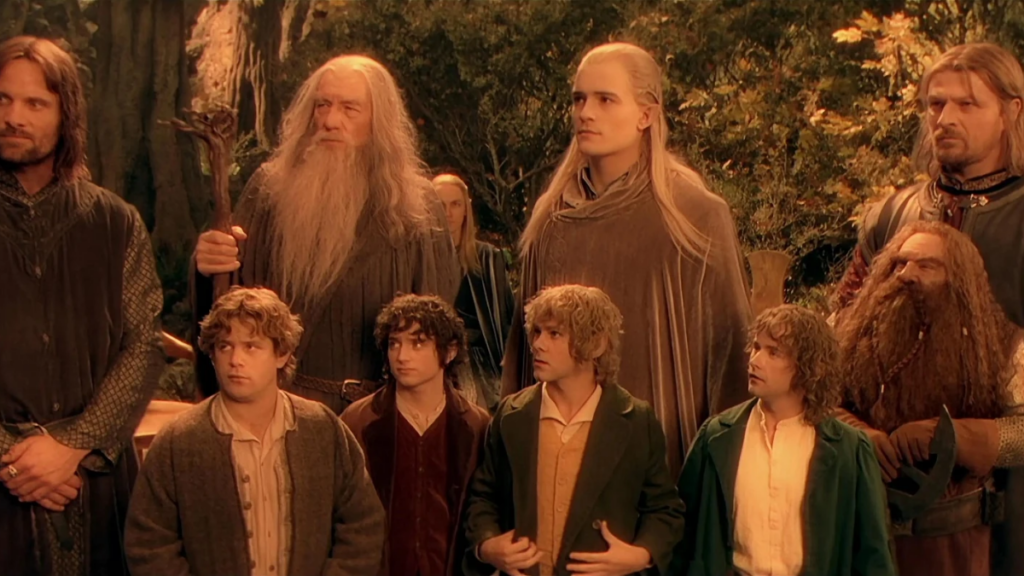Middle-earth is a common term used by fans to describe the fantasy world of ‘The Lord of the Rings’ and ‘The Hobbit’. This is a little deceptive, though, because J.R.R. Tolkien’s Middle-earth is but one continent in a greater universe. Other continents, like Aman or the Undying Lands, are part of this realm, called Arda. Tolkien’s invention takes place in an even larger realm called Eä, which includes Arda. Using song, the divine spirits Valar and Maiar created this universe, culminating in Eru Ilúvatar’s utterance of “Eä” (meaning “Be” in Quenya).
In his writings, Tolkien alluded to the existence of additional celestial bodies in addition to Arda. Carnil and Luinil are two of the notable stars that may be seen from Arda, according to the Silmarillion. According to notes by his son Christopher Tolkien, these stars could be planets in the solar system of Arda. The Sun and Moon, two common celestial bodies, were given Elvish names—Anor for the Sun and Ithil for the Moon—because Tolkien saw Arda as a mythologized representation of our planet.
Image Courtesy: People
Planets such as Mercury, Mars, Jupiter, Saturn, Uranus, and Neptune also have Elvish names in Tolkien’s universe. Mercury, for example, was called Elemmírë, which means “Star Jewel,” and Mars was called Carnil, which means “Red Star.” Notably, Venus also referred to as the Star of Eärendil, came to be associated with Eärendil’s flying ship.
Pluto was left out of Tolkien’s list, maybe because he wanted an even number of planets to form rhyming pairs or because of its remoteness, which diminished its importance. Although he accepted that life might exist on other planets, he decided to concentrate his stories on Arda rather than examining other societies. Instead of exploring the immensity of space, Tolkien’s passion was creating epic stories that were based on a reinvented Earth.
–Farheen Ali
